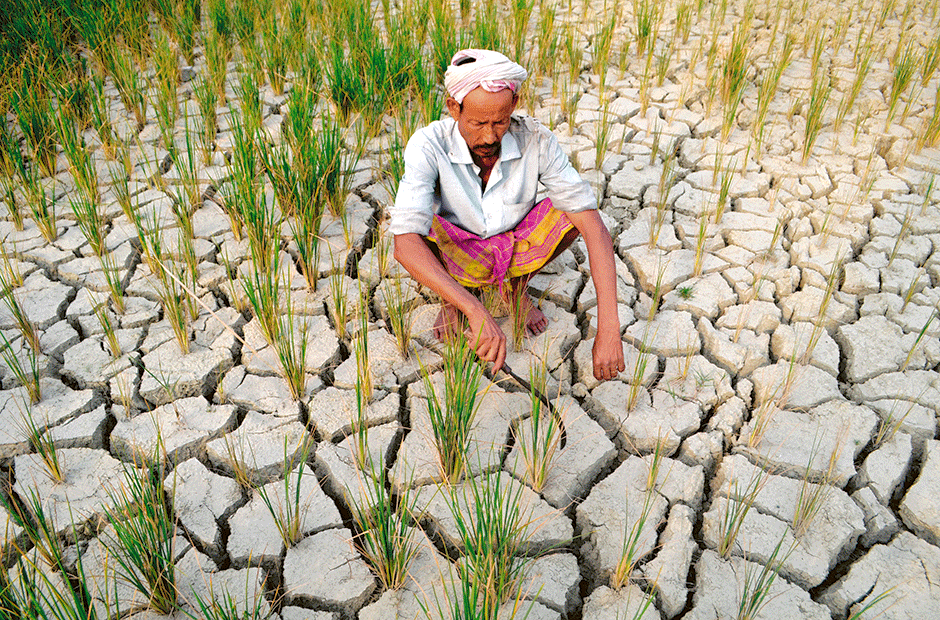
More than half the planet — or over four billion of the earth’s seven-billion population — suffers from acute water scarcity for at least one month of the year. The startling statistic was made public last month in a paper published in the journal Science Advances. The figure is higher than previous estimates that between 1.7 billion and 3.1 billion people lack access to fresh water around the year.
“Up to now, this type of research concentrated solely on the scarcity of water on an annual basis and had only been carried out in the largest river basins,” Dr Arjen Hoekstra of the Netherlands’ University of Twente said in a statement. “That paints a more rosy and misleading picture because water scarcity occurs during the dry period of the year.”
Hoekstra is one of the authors of the study, which used more precise computer modelling than previous studies and took into account population density, climate records, irrigation and industry.
“The fact that scarcity of water is being regarded as a global problem is confirmed by our research,” he added.
“For some time now, the World Economic Forum has placed the world water crisis in the top three of global problems, alongside climate change and terrorism.
“Groundwater levels are falling, lakes are drying up, less water is flowing in rivers, and water supplies for industry and farmers are threatened.
“In this research, we established the maximum sustainable water footprint for every location on earth and then looked at actual water consumption. If the latter is much greater than what is sustainable, then there can be said to be severe water scarcity.”
The situation is worsened with areas faced with scarcity resorting to pumping groundwater, as this can permanently reduce supplies.
The countries facing the most acute water shortages are India, with one billion people at risk of severe water shortages, and China, with 0.9 billion.
However, several other parts of the world, on almost every continent, are also at risk, including Mexico, northern and southern Africa, the western US, southern Europe, Australia and of course, the Middle East. Water supplies in the areas not mentioned above are fine for now, but could be hit in the near to medium term.
Scarcity is generally widespread in areas with low natural availability of fresh water but dense populations, such as the Arabian desert, or where agriculture severely depletes the water table, such as California. The American state has been in a drought for several years.
Numbers on tap
15 seconds: Gap between children’s deaths from preventable water-borne diseases
38: Number of workers who die from water-related diseases every hour
33.3%: The percentage of schools worldwide that lack access to safe water and sanitation facilities
80%: Amount of untreated waste water dumped into water supplies worldwide
2m tonnes: Amount of human waste disposed off in flowing water around the world every day
50%: Global population dependent on groundwater for drinking purposes
2/3: Fraction of the world’s population that is likely to face water stress by 2025
70%: Amount of water used for agriculture from total global supplies
85%: Percentage by which demand for water is expected to rise worldwide by 2035 for food and energy
Source: UN Sustainable Development Goals
Consequences of water scarcity
■ Economic losses due to crop failure
■ Limited food availability
■ Low business viability
■ Threats to environmental biodiversity












